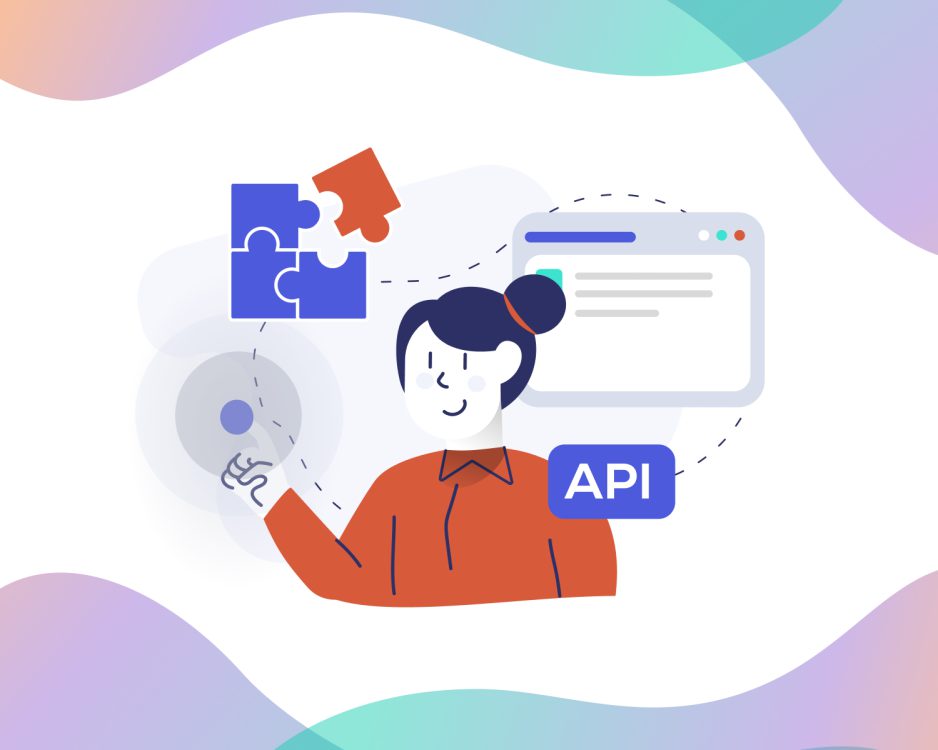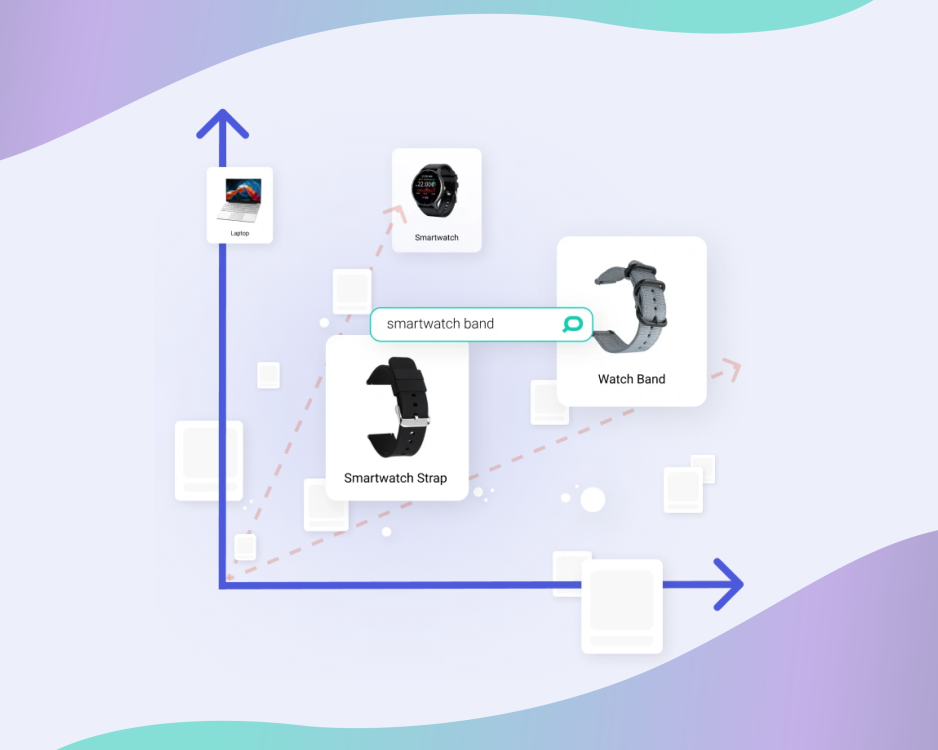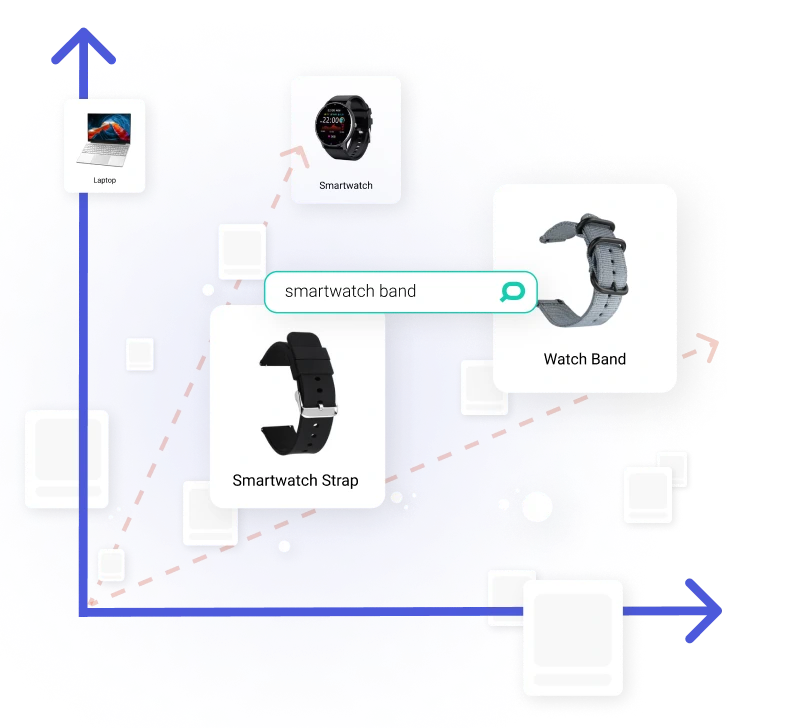The Ultimate Quick Guide to Headless Commerce
Most retailers begin their E-commerce journey by investing in and constructing a monolithic system. In this setup, the front-end of the online store tightly integrates with the back-end, housing the system’s logic.
However, there’s a notable shift underway in the E-commerce landscape — the rise of Headless Commerce. While still relatively new, it’s gaining popularity, and challenges the traditional workings of monolithic sites by separating the front- and the back-end of websites. This allows for fresh opportunities in terms of online presence and customer experiences.
Let’s delve deeper into this transformative phenomenon and explore how it’s reshaping the E-commerce landscape!
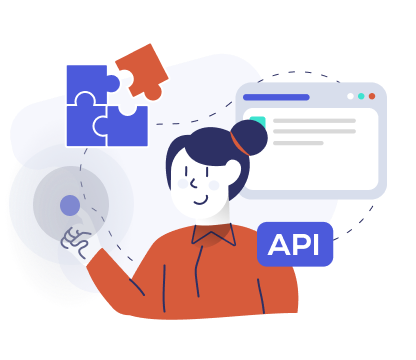
Introduction to Headless Commerce
In the traditional E-commerce setup, the website we see (the front-end) and the system managing inventory, orders, and payments (the back-end) are tightly connected.
Headless commerce systems, on the other hand, work with a type of E-commerce architecture where the website’s front-end layer is separated from the backend E-commerce functionality. In practice, this means that any changes in the User Interface (UX/UI) are independent from the back-end, and vice versa.
Everything on the front-end is developed separately and receives data from the back-end through intermediaries called Application Programming Interfaces (APIs).
Think of it as a multi-head tool (screwdriver kit or kitchen mixer) – you can change either the base (back-end) or the head (front-end) without disturbing the other part, and losing compatibility. Headless commerce architecture offers the same convenience, versatility, and functionality for retailers.
With headless commerce platforms, developers have the freedom to use any tech stack or programming language to build the front-end, including traditional web technologies, mobile apps, etc. This freedom of greater flexibility, scalability, and agility is why headless commerce architecture is becoming preferred over old-school monolithic architecture.
Headless commerce solutions can be a great choice if your business is striving to be quickly adaptable to the ever-changing market conditions, support omnichannel experiences, and ensure high customer satisfaction.
Benefits of Headless Commerce
Unlimited customization, wide variety of tools
The freedom to create customized and personalized experiences is critical in E-commerce. While a monolithic system with a tightly connected front- and back-end can be an ideal starting point for launching online stores quickly, it can present challenges when it comes to customization later on, as your brand grows. To offer your customers dynamic and personalized experiences, and support your brand’s expanding digital identity, your storefront needs to transition to a more flexible, decoupled architecture.
Updating the appearance of your store in line with current market trends, and doing that swiftly, can be a key differentiator of your business. Due to the separation of the front-end experience from the back-end, making changes and experimenting is simpler and less risky with the headless method – since these experiments on your storefront don’t change anything in the underlying back-end logic of your site.
Headless architectures also allows for instant testing of whatever you build, which helps you to continuously optimize the customer experience on your site, and increase conversions.
As headless architecture relies heavily on APIs, it keeps all content centralized and easily accessible, thus allows for faster delivery times this way as well.
IT efficiency
Traditional monolithic architectures often suffer from complexity and rigidity, lacking agility and innovation.
Headless architecture, on the other hand, enhances operational efficiency by enabling seamless integration with third-party services and devices. Using APIs, you can integrate all of your existing systems (ERP, IMS, PIM, e.g.) into your workflows, and build out your ideal E-commerce set-up.
The headless model simplifies development processes and reduces dependencies with its modular approach, and allows IT teams to centralize their focus on optimizing and maintaining the separate components, leading to faster development cycles.
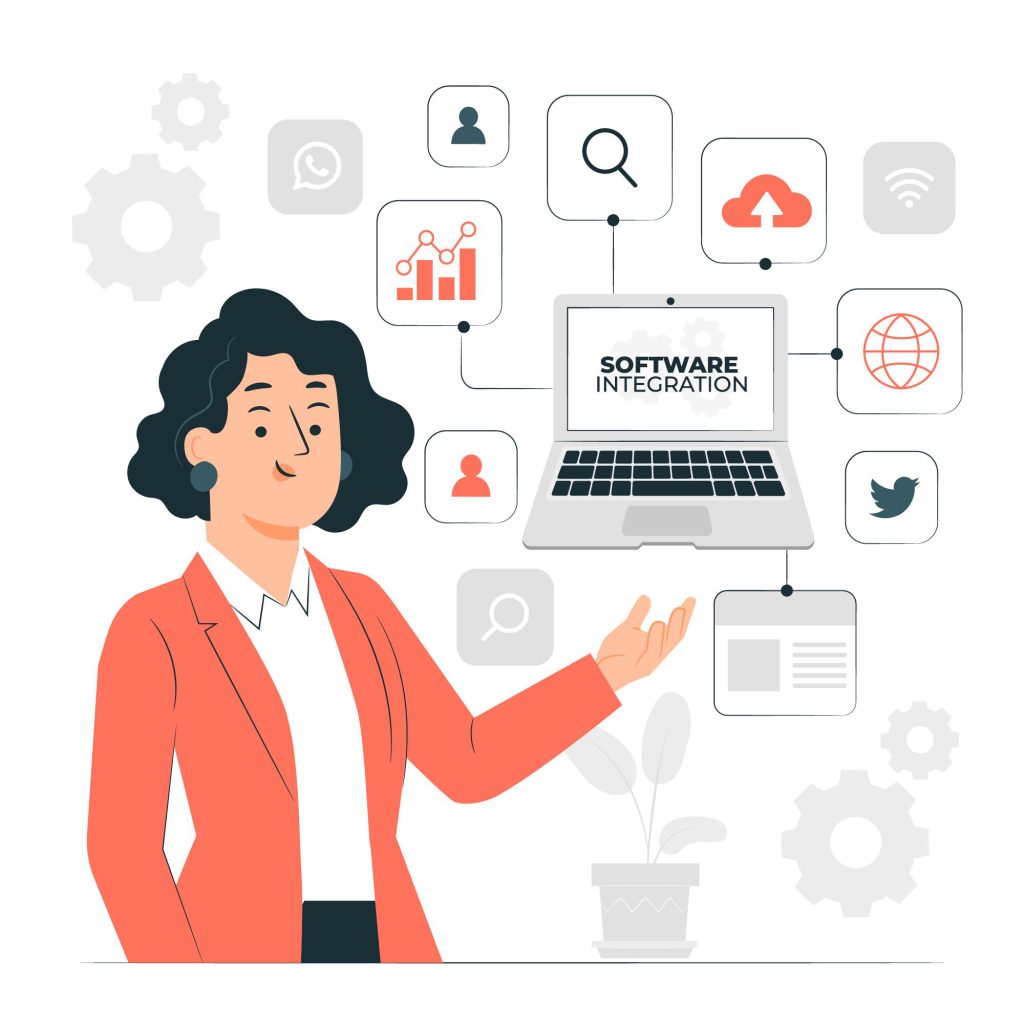
Cost effectiveness
With a headless architecture, businesses can scale resources according to demand, avoiding unnecessary expenses associated with over-provisioning.
Additionally, the ability to leverage a diverse ecosystem of pre-built components and services reduces development overhead and quickens time-to-value. By maximizing efficiency and minimizing overhead costs, headless commerce enables you to achieve a higher return on investment and maintain a competitive edge in the market.
Flexibility
Headless commerce enables rapid iteration and experimentation with new features, designs, and functionalities. You can easily A/B test different variations of the front-end to optimize conversions, explore innovative ideas, and respond quickly to customer feedback and market trends.
Headless Commerce is a Good Fit for Your Online Store, IF:
- your current framework is hindering your ability to innovate or bring new experiences to market quickly
- you find it difficult to integrate new tools into your established system infrastructure (this challenge is what makes headless commerce appealing for so many retailers)
- you want to take effort off your IT and development departments as they are already overwhelmed with current projects
- you have the development resources to support the transition.
How does Headless Commerce Impact Your Customers?
A positive shopping experience goes a long way. Retail Brew found that 82% of American adults are likely to return to a store if they had an overall good experience while shopping, and 65% of them would not most probably stop shopping at a store if their experience was negative (even after just one time).
The same report shows that almost half of American Gen Z and Millennials like to use advanced technology (such as chatbots) while shopping online.
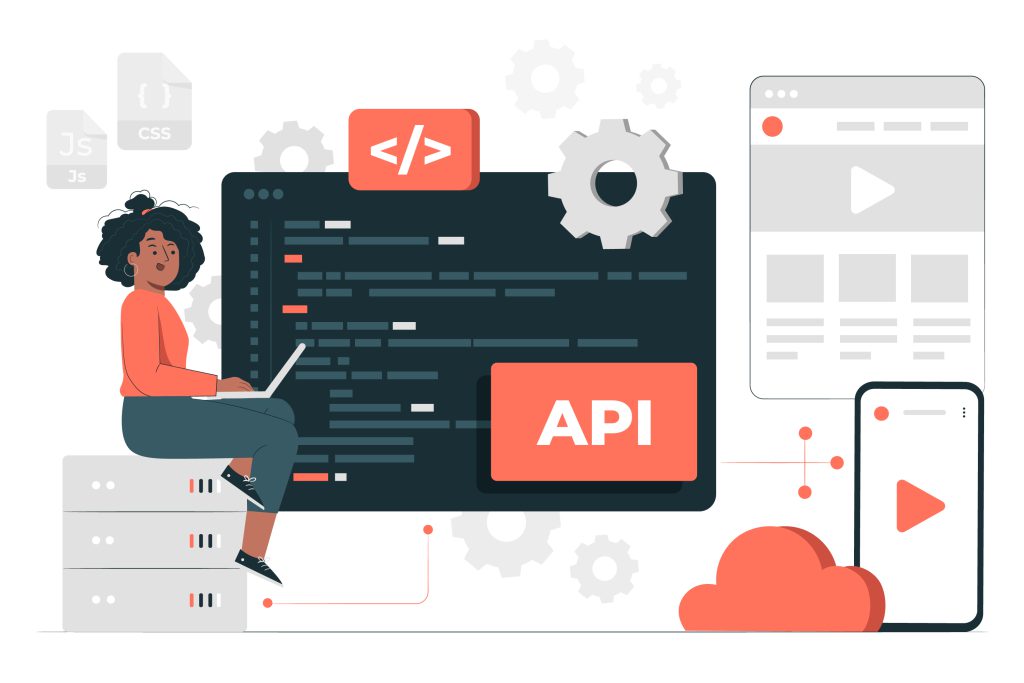
If your architecture is inflexible, it can be hard to move fast enough to keep up with the latest trends. However, a headless set-up can help you deliver a high-quality online shopping experience that meets customer expectations.
Here are a few examples of how headless commerce affects your shoppers:
Site speed, faster loading times
In today’s digital age, speed can make or break a visitor’s experience on a website. What’s more, your site speed can impact your business’ bottom line.
A 2023 report shows that loading time impacts the purchasing decision of 82% of consumers, and 40% of online shoppers wait no longer than 3 seconds before they close the tab. It’s a proven fact that bounce rates increase drastically at this 2-to-3 second mark.
Headless commerce architectures can scale more efficiently than traditional, monolithic ones, and handle the quick rises in traffic, even during peak times like sales or holidays. This results in faster loading times and higher availability, across different devices, desktop or mobile; keeping your shoppers happy.
Changes and optimization in the blink of an eye
Any changes in content on the back-end are instantly reflected in the front-end, if you work with a headless architecture. This means that product promotions show up instantly, and new products are suggested as soon as they become available.
Cross-channel and omni-channel experiences
Headless commerce allows you to integrate the newest channels, devices, and technologies, as they emerge on the market. Think of chat commerce, AR for shopping, image search or voice assistants. Staying on top of these trends not only puts you in front of your competition, but also increases shopper satisfaction.
How to Get Started
- Make sure that Headless Commerce is a good fit for your business. ✔
- Understand the main points in which headless architecture differs from the traditional store set-up.
- Examine what Front-End storefront options you can choose from.
A few of these options are:
Frontend-as-a-Service
If you choose this option, you will work with a third-party agency to carry out the front-end of your commerce solution.
With this technology, you can effortlessly construct and design various features and functionalities for your products, including grid layouts and carousels, with minimal coding required.
FEaaS can be a good fit for businesses that have 1 or 2 stores to manage, want to innovate quickly, and deploy experiences across multiple channels, with minimal development and technical resources to manage the front-end.

Digital Experience Platform
It is a comprehensive solution for creating dynamic and engaging storefronts that cater to diverse customer needs across multiple regions and channels.
DXP can suit your business if you:
- are in favor of rapid innovations, frequent changes
- would like to build an omnichannel experience
- have multiple stores, operate in multiple regions
- are willing to invest in a team/agency to manage the front-end
The benefits of enhanced agility, omnichannel integration, and accelerated time-to-market make DXP a compelling option for ambitious businesses seeking to stay ahead of the competition.
Custom Build
This approach means developing the front-end part of your store in-house, which, quite clearly, requires you to set up a responsible team or hire an agency. Doing so, you can tailor every aspect of your storefront to align with your brand identity and customer expectations.
This is a good choice for businesses with unique requirements or a preference for complete control over the front-end development process.
For example, Salesforce supports headless commerce architectures. It offers a full suite of tools to choose from to expand capabilities and enhance user experience.
Wrap up
The rise of headless technology offers retailers unprecedented flexibility, scalability, and customization.
Embracing this innovative approach that is headless commerce not only future-proofs businesses but also fosters innovation and gives a competitive advantage in an increasingly dynamic marketplace.
Prefixbox’s solution optimizes the search experience on all headless storefronts. What’s more, we are deeply integrated into many of these platforms, including native integration with Salesforce Commerce Cloud.

